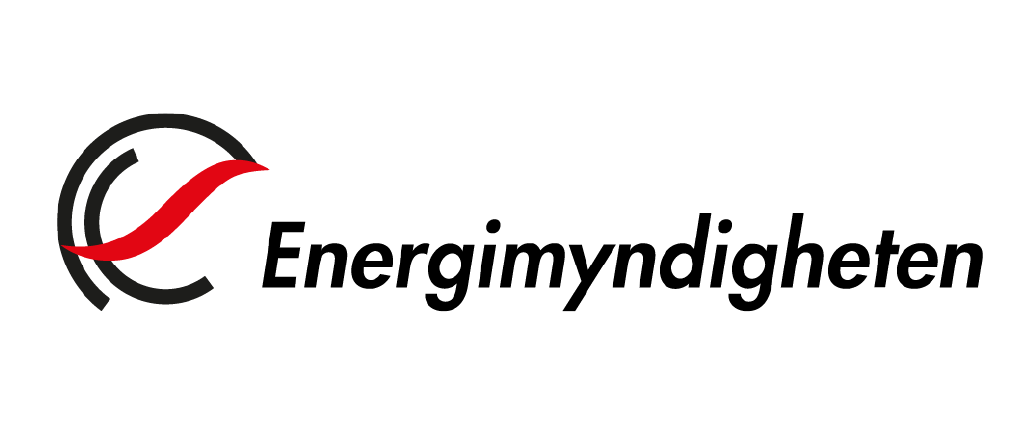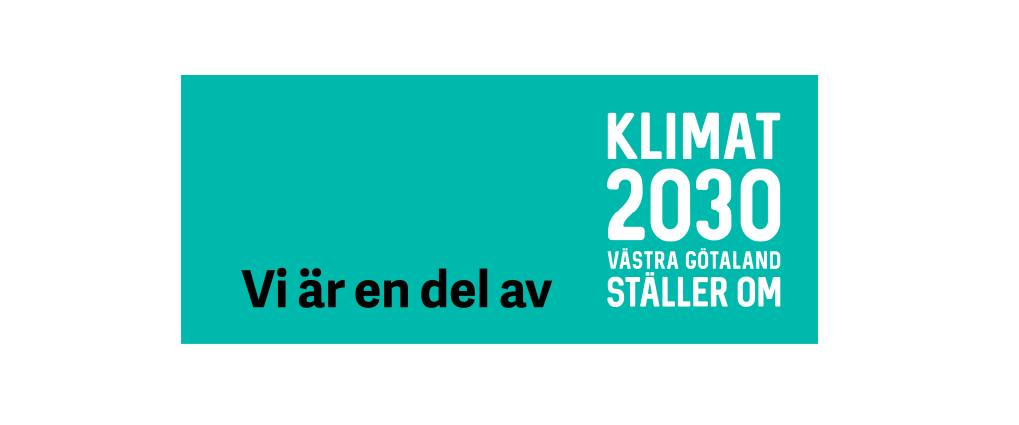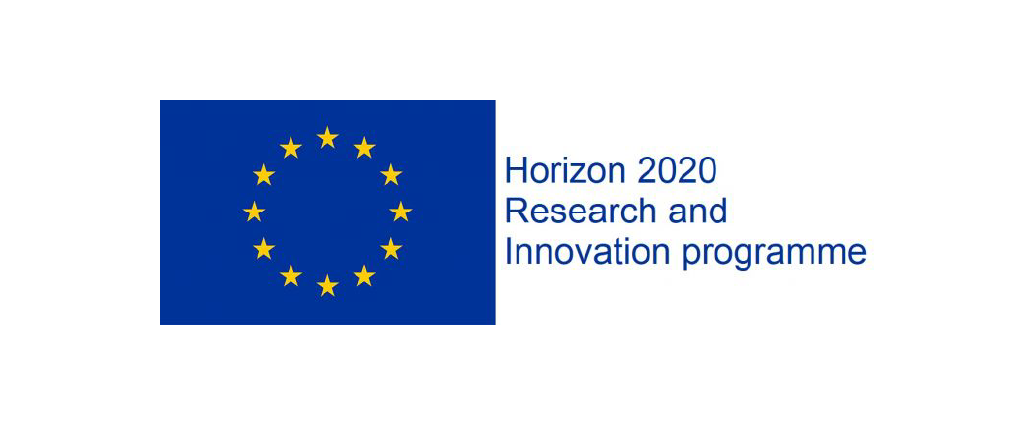D2.2 Report on EPC best practices
- Utgivare: QualDeEPC
- År: 2020
- Nummer: D2.2
- Författare: Åsa Wahlström, Maria Haegermark
- Typ: Rapport
This report is deliverable D2.2 of the project. In chapter 2, various characteristics of a successful EPC scheme such as transparency, cost-effectiveness, reliability, comparability, functionality and neutrality were analysed. The improvement options identified in Task 2.1 are presented in table form as for their significance with respect to the above mentioned characteristics or success factors. All the elements for improvement were analysed in terms of their impact for the success factors. Country-specific assessment was also implemented, based on averaged normalized total weighted score. Chapter 3 provides good practice EPC examples of energy performance certification schemes and is based on a study conducted to compile existing good practices and examples for innovative solutions.
Building on the results from these two parts of analysis, the main purpose of the document is to create a common vision for an improved EPC scheme to serve as a basis for Task 2.4, Development Strategy Plan, and WP3, Development of enhanced EPC schemes. This overall concept vision is presented in chapter 4. The analysis indicates that EU Member States should combine many different individual measures and tools towards enhanced EPC schemes fulfilling the four main functions:
- Improving the usefulness and use of EPCs for supporting deep renovation
- Usefulness and use of EPCs in building markets
- Improving the quality and precision of EPCs in general
- Certification and training of EPC assessors/issuers
About the project
Energy Performance Certificates (EPC), regulated by the EU’s Energy Performance of Buildings Directive (EPBD), are an important instrument to enhance the market uptake of energy-efficient new buildings and the energy-efficient renovation of existing buildings. The Horizon2020 funded project QualDeEPC will work on EU-wide convergence of the building assessment and the issuance, design, and use of quality-enhanced EPCs as well as their recommendations for building renovation. The aim is to make these recommendations coherent with deep energy renovation towards a nearly-zero energy building stock by 2050.
Åsa Wahlström and Maria Haegermark aare CIT Energy Managements key representatives in the project







